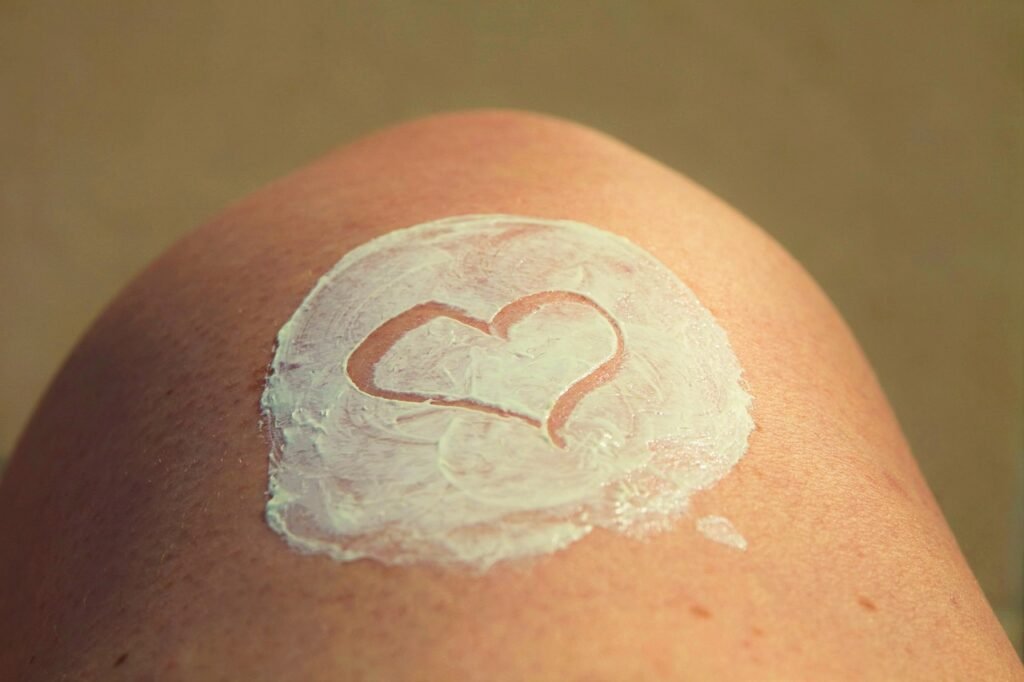We live in a time of remarkable advancements, where remedies for what once seemed insurmountable challenges often emerge from the most unexpected corners of the world. Imagine, if you will, the quiet desperation felt by millions, a relentless struggle against the very biology that governs our appetites, our energy, our peace. Then, picture the profound shift when a tiny vial, a carefully crafted molecule, offers a path to balance, a whisper of control where once there was only a roar. This is the story of such a shift, a journey from the sun-baked sands of the American Southwest to the sterile hum of a modern laboratory, a testament to nature’s secrets and humanity’s relentless curiosity. Our tale begins not in a gleaming hospital, but in the slow, deliberate movements of a creature often misunderstood: the Gila monster. With its beaded, intricate skin and a reputation for a formidable bite, Heloderma suspectum slumbers through the heat, an ancient denizen of the desert. For centuries, its venom was merely feared, a potent cocktail of proteins evolved for defense. But to a few intrepid minds, it held a different kind of promise. What if, among the myriad complex molecules in that viscous fluid, lay a key, an instruction set for the human body that could be repurposed for healing? It was a leap of faith, a speculative whisper in the vast chorus of scientific inquiry, that somewhere in that desert creature, lay a solution to human ailment. The venom, once collected with painstaking care, was a biological enigma, a soup of peptides and proteins, each a potential signal. How do you find the precise signal, the specific instruction, that mimics a vital human hormone? This is where the unseen heroes of analytical chemistry enter the scene, armed with instruments that can dissect matter with astonishing precision. Among these, the Liquid Chromatography-Mass Spectrometry (LC-MS) instrument (Transcend II + Orbitrap Exploris 240) stands as a silent sentinel of discovery. Imagine it: a meticulous separation, where a complex mixture is teased apart component by component (liquid chromatography), followed by an almost alchemical transformation into charged ions, weighed and measured with exquisite accuracy (mass spectrometry). This powerful combination allows scientists to identify, characterize, and even quantify molecules present in vanishingly small amounts. It was through this very process that a unique peptide, exendin-4, was meticulously isolated from the Gila monster’s venom. Its structure, its exact molecular fingerprint, was laid bare, a sequence of amino acids that mirrored, yet improved upon, a human gut hormone known as GLP-1. This discovery of exendin-4 was a beacon, illuminating a novel pathway for treating conditions like type 2 diabetes and obesity. The initial research, often conducted by dedicated scientists in labs that hummed with the quiet intensity of focused minds, revealed that this desert peptide could mimic GLP-1, slowing gastric emptying, increasing insulin secretion, and crucially, promoting a feeling of fullness. The potential was immense. Yet, exendin-4 wasn’t perfect for human therapeutics; it broke down too quickly in the body. The challenge then became one of refinement, of carefully sculpting nature’s blueprint into a more stable, longer-acting form. Decades of diligent research, involving countless iterations and the precise application of advanced analytical techniques like LC-MS to verify each molecular modification, led to the development of synthetic analogues. Semaglutide, known widely by its trade name Ozempic, is one such marvel. It is a testament to the patient, methodical work of pharmaceutical science—taking the venom of a desert creature, understanding its intricate molecular dance through the precision of instruments like LC-MS, and then synthetically enhancing its properties to become a powerful therapeutic. It’s a journey from the wild, untamed desert to the carefully calibrated world of a modern pharmaceutical, all to bring balance to human physiology. The story of Ozempic, the Gila monster, and the LC-MS instrument is more than just a tale of medical breakthrough. It is a profound meditation on the interconnectedness of life, the hidden wisdom encoded in the natural world, and the unyielding human drive to understand and to heal. It reminds us that often, the answers to our most complex problems lie not in grand, sweeping gestures, but in the minute details, in the patient observation of a peculiar lizard, in the meticulous analysis of its venom, and in the persistent, almost poetic, quest for knowledge that defines scientific endeavor.










